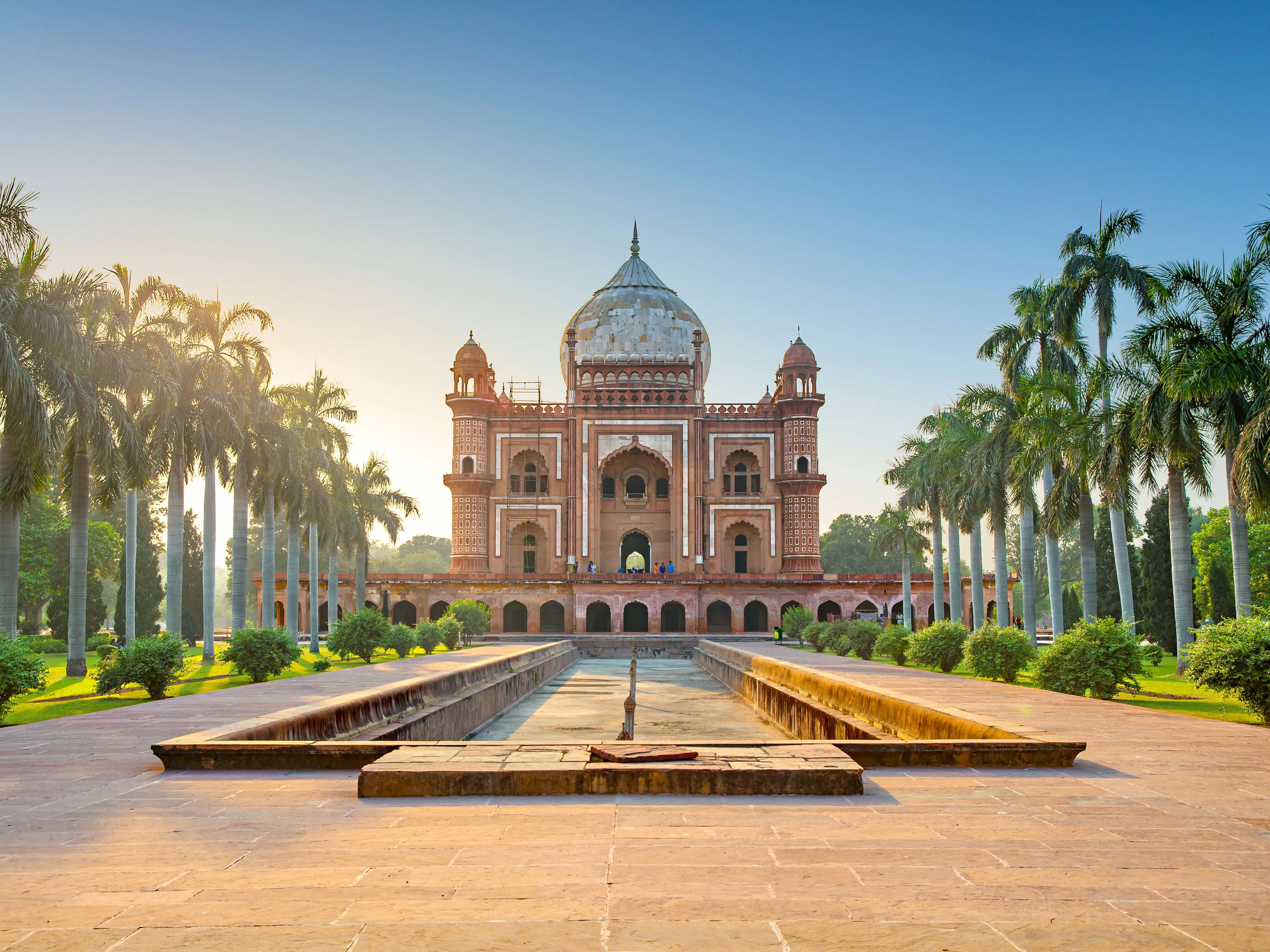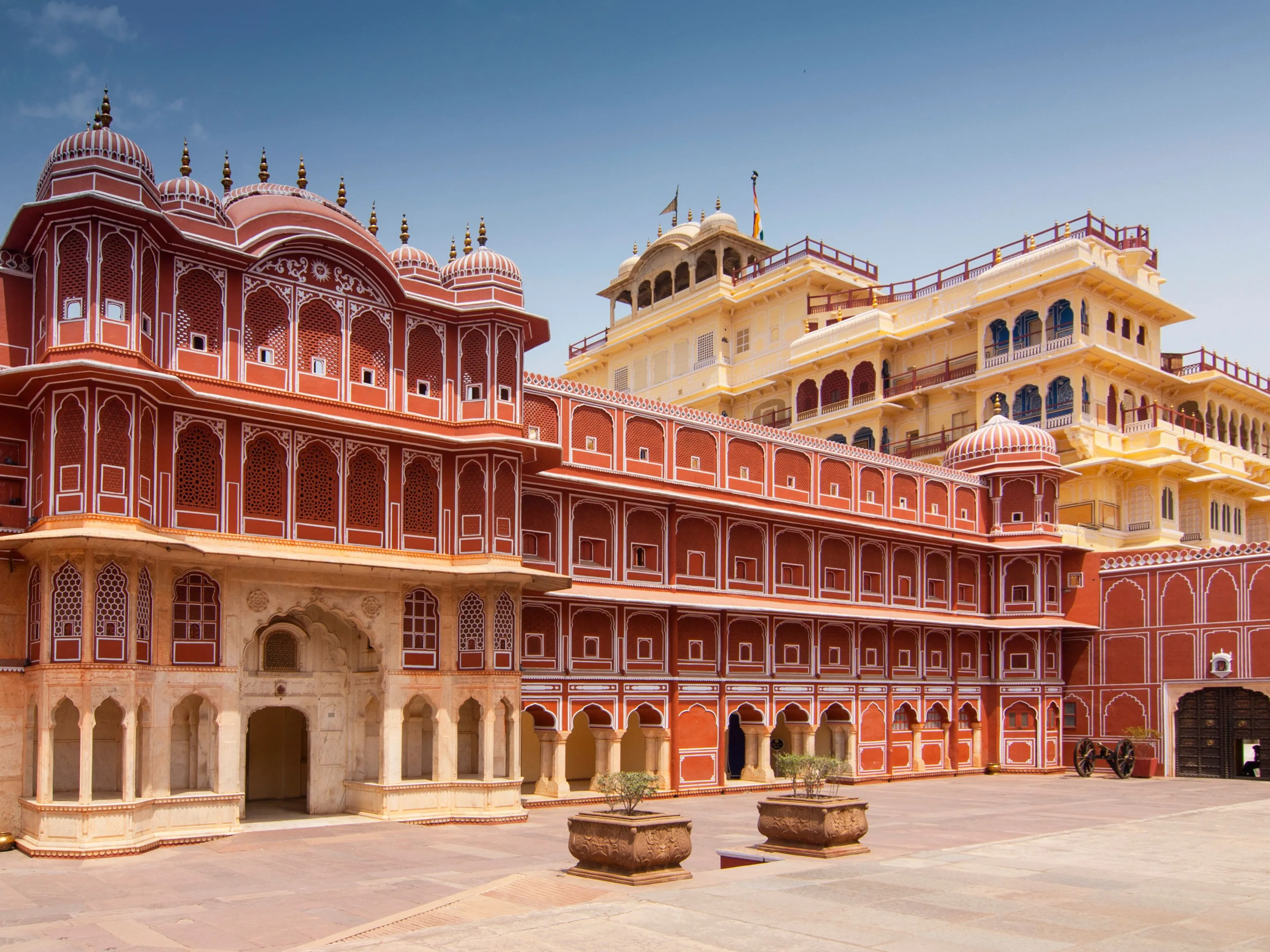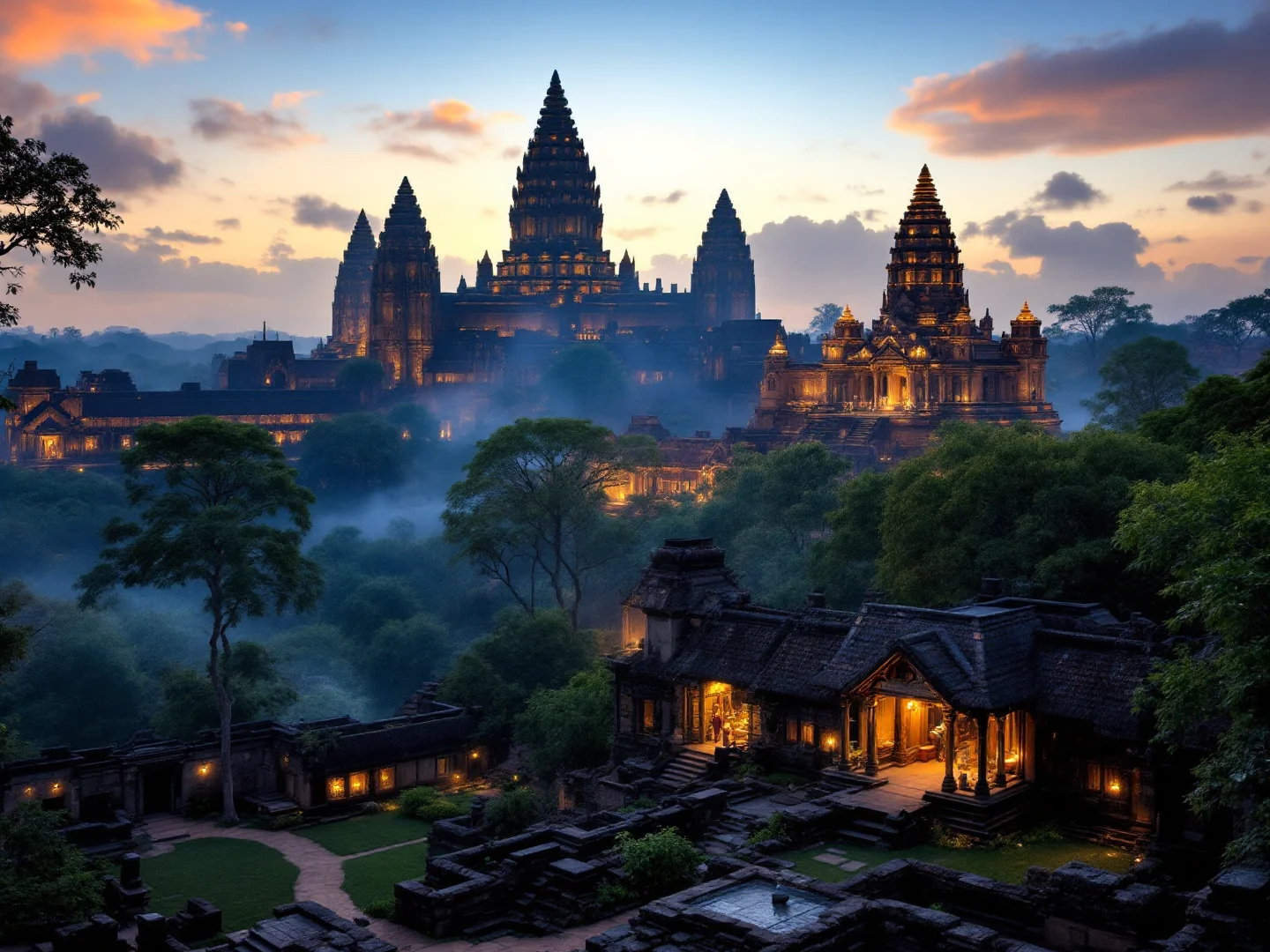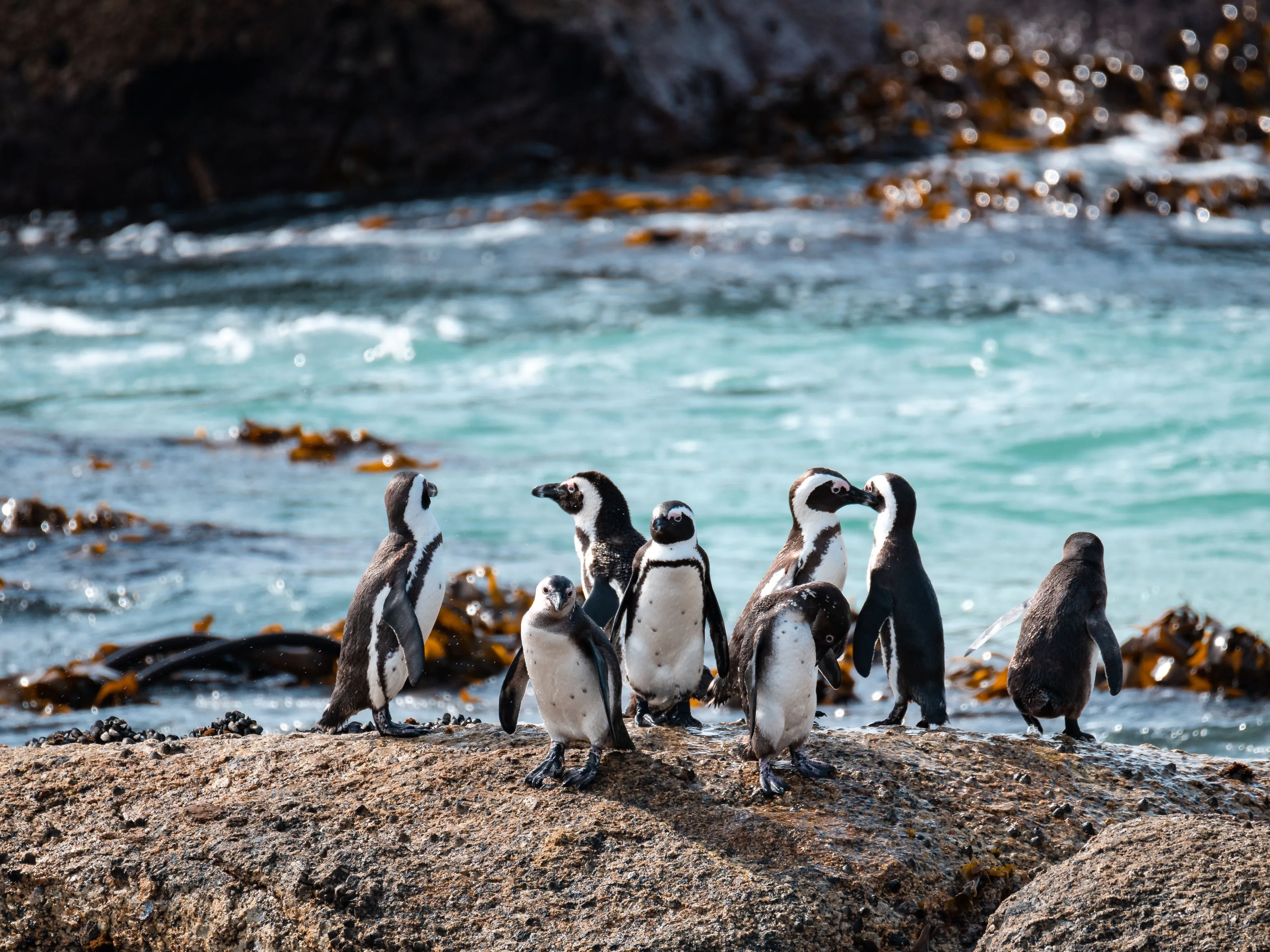Why Visit Luang Prabang?
Luang Prabang enchants as Southeast Asia's most serene UNESCO World Heritage town where 34 gilded Buddhist temples nestle between the Mekong and Nam Khan rivers, saffron-robed monks collect alms at dawn in centuries-old Tak Bat ceremony, and French colonial villas-turned-cafés serve baguettes beneath palm trees in this former royal capital that time seems to have forgotten. The compact historic peninsula (pop. 56,000) concentrates Laos's spiritual heart: Wat Xieng Thong's sweeping tiered roofs exemplify classic Lao architecture with its mosaic 'tree of life' glass panels, Royal Palace Museum displays the throne and regalia of Laos's last king before 1975's communist revolution, and Mount Phousi's 328 steps climb to gilded stupas offering 360° sunset views over rivers and mountains.
Yet Luang Prabang's magic lies in rhythms not monuments—wake at 5:30am to witness hundreds of monks silently accepting sticky rice offerings from kneeling locals and tourists (respectful participation welcome but dress modestly and keep distance), then breakfast on Mekong-side cafés watching fishermen cast nets as morning mist lifts. The town balances Buddhist tradition with French Indochine legacy: colonial shophouses line Sisavangvong Road housing boutique hotels and silk shops, while Night Market (daily 5-10pm) spreads handwoven textiles and paper lanterns across pedestrianized streets. Nature surrounds the UNESCO zone: Kuang Si Falls (30km south, 60,000 kip/$2–$3 entry) cascades through turquoise tiered pools perfect for swimming—arrive early to beat crowds and climb to the top tier for pristine natural infinity pools.
Pak Ou Caves upriver (25km, 2hr slow boat) house thousands of Buddha statues in sacred limestone caverns. Activities lean toward slow travel: cooking classes (market visit + recipes), meditation at monasteries (some offer overnight stays), yoga retreats, cycling rice paddies, or simply reading by the Mekong with Beerlao and river views. The food scene delights: sticky rice eaten with hands accompanies laap (minced meat salad), or jaew bong (spicy dip), while French-Lao fusion restaurants serve duck confit with tamarind sauce.
Night Market food stalls grill fish and serve fruit shakes. Ock Pop Tok Living Crafts Centre demonstrates traditional Lao weaving. Multi-day trips reach Elephant Conservation Center in Sayaboury (2–3 hours away, ethical sanctuary—no riding, usually 2-3 day packages), or visit Hmong hilltribe villages on day trips.
Best visited November-March (cool and dry, 15-28°C), avoiding April-May's scorching heat (35-40°C) and June-October's monsoon rains. With visa-on-arrival (US$40 for most nationalities), Lao kip currency ($1 ≈ 24,000–25,000 kip but USD widely accepted), limited English outside tourism, and laid-back 'bor pen nyang' (no worries) culture, Luang Prabang delivers spiritual respite and cultural immersion at backpacker prices—where temple bells echo at dawn, travelers linger weeks instead of days, and hurrying feels sacrilegious.
What to Do
Spiritual & Temples
Tak Bat Dawn Alms Ceremony
Wake at 5:15am to witness hundreds of saffron-robed monks collecting sticky rice offerings in centuries-old Buddhist tradition. Participate respectfully: buy offerings from proper vendors (not children), sit on low stools, dress modestly (shoulders/knees covered), keep silent, don't touch monks or use flash photography. This sacred ritual happens daily 5:30-6:30am along main streets—observe from distance if uncomfortable participating.
Wat Xieng Thong
Laos' most beautiful temple (1560, 20,000 kip/$1 entry) showcases classic Lao architecture with sweeping tiered roofs and stunning 'tree of life' glass mosaic on rear wall. Visit early morning (7-8am) before tour groups arrive. The compound houses multiple buildings including red chapel with reclining Buddha and royal funeral carriage hall. Allow 45-60 minutes to explore properly.
Mount Phousi Sunset
Climb 328 steps up sacred hill (20,000 kip/$1 entry) for 360° sunset views over Mekong River, Nam Khan River, and town's golden temple roofs. Arrive 45 minutes before sunset (around 5:30pm) to secure good spot and explore hilltop shrines. Steep climb takes 15-20 minutes—bring water. Alternatively, climb at sunrise for fewer crowds and misty river views.
Royal Palace Museum
Former residence of Lao kings until 1975 communist revolution (30,000 kip/$1 closed Tuesdays). See throne room, royal regalia, and Pha Bang sacred Buddha statue. Remove shoes before entering. No photography inside. Visit mid-morning (9-10am) for smallest crowds. Allow 60-90 minutes. Modest dress required—covered shoulders and knees.
Nature & Waterfalls
Kuang Si Falls
Stunning three-tiered waterfall 30km south with turquoise travertine pools perfect for swimming (60,000 kip/$3–$3 entry for foreigners, includes cart ride and bear sanctuary). Arrive early (8-9am) before crowds for pristine experience. Climb to top tier (400m trail, 20 minutes) for secluded natural infinity pools and main waterfall view. Bring swimwear, towel, waterproof bag. Visit Bear Rescue Centre at entrance (included). Allow 3-4 hours including travel. Shared songthaews start around 50,000–60,000 kip per person; private tuk-tuk typically 300,000–400,000 kip.
Pak Ou Caves
Sacred limestone caves 25km upriver housing thousands of Buddha statues (20,000 kip entry). Take scenic 2-hour slow boat up Mekong (shared boats 65,000–100,000 kip per person, private boats ~300,000 kip+, leaves 8-9am). Lower Tham Ting cave has best collection; climb 200 steps to upper Tham Theung cave (bring flashlight). Boats stop at whisky village Ban Xang Hai to taste Lao-Lao rice spirit. Return by 1-2pm. Book tour or charter boat at riverside.
Kayaking & River Activities
Kayak Nam Khan River (half-day tours 200,000 kip/$9 includes transport and guide). Paddle through countryside passing water buffalo, rice paddies, and local villages. Best season November-April when water levels ideal. Some tours combine kayaking with Kuang Si Falls visit. Alternatively, rent mountain bikes (30,000 kip/day) to cycle countryside roads exploring hidden waterfalls and villages.
Local Life & Experiences
Night Market
Pedestrianized Sisavangvong Road transforms into handicraft market every evening (5-10pm, free entry). Browse handwoven textiles, silk scarves, paper lanterns, silver jewelry, and local crafts spread across 300m street. Fixed prices mean no bargaining needed. Food stalls at market ends serve cheap meals and fruit shakes (20,000-40,000 kip). Best atmosphere 6-8pm. Support local artisans by buying direct from weavers.
Cooking Class & Market Tour
Half-day classes (250,000-350,000 kip/$11–$15) start with morning market tour learning about Lao ingredients—sticky rice, fish paste, galangal, lemongrass. Cook 4-6 traditional dishes: laap (minced meat salad), tam mak hoong (papaya salad), or jeow bong (spicy dip). Small group classes include recipe booklet. Book through Tamarind or Ock Pop Tok. Morning classes best—markets busiest 7-9am.
Ock Pop Tok Living Crafts Centre
Textile center overlooking Mekong showcases traditional Lao weaving (free entry). Watch artisans working on looms creating intricate patterns passed through generations. One-hour intro weaving workshops (180,000 kip/$8) or full-day courses (from 750,000 kip/$32) teach natural dye-making and silk weaving. Excellent café serves Lao-fusion lunch with river views. Located 3km east—tuk-tuk 30,000 kip.
Gallery
Travel Information
Getting There
- Airports: LPQ
Best Time to Visit
November, December, January, February, March
Climate: Warm
Weather by Month
| Month | High | Low | Rainy days | Condition |
|---|---|---|---|---|
| January | 31°C | 16°C | 0 | Excellent (best) |
| February | 32°C | 17°C | 0 | Excellent (best) |
| March | 35°C | 21°C | 6 | Excellent (best) |
| April | 32°C | 21°C | 16 | Wet |
| May | 35°C | 25°C | 13 | Wet |
| June | 33°C | 25°C | 17 | Wet |
| July | 33°C | 25°C | 20 | Wet |
| August | 30°C | 24°C | 26 | Wet |
| September | 30°C | 24°C | 21 | Wet |
| October | 28°C | 21°C | 12 | Good |
| November | 30°C | 19°C | 3 | Excellent (best) |
| December | 28°C | 15°C | 0 | Excellent (best) |
Weather data: Open-Meteo Archive (2020-2024) • Open-Meteo.com (CC BY 4.0) • Historical avg. 2020–2024
Budget
Excludes flights
Visa Requirements
Visa required
💡 🌍 Traveler Tip (November 2025): November 2025 is perfect for visiting Luang Prabang!
Practical Information
Getting There
Luang Prabang International Airport (LPQ) is 4km northeast. Tuk-tuks to town 50,000 kip/$2 (fixed price, 15min). Flights from Bangkok (2hrs, $60–$150), Hanoi (1hr), Vientiane (45min), Siem Reap, Chiang Mai. Overland: slow boat from Thailand border (2 days, scenic Mekong, $40–$60), VIP bus from Vientiane (10-12hrs, 150,000 kip/$6–$8), minivan from Vang Vieng (6-7hrs). Most fly in via Bangkok or Hanoi connection.
Getting Around
Luang Prabang is tiny and walkable—peninsula is 2km x 1km. Rent bikes (20,000-30,000 kip/$1–$1/day) for longer trips. Tuk-tuks 20,000-50,000 kip/$1–$2 around town (negotiate). Motorbike rentals (80,000-120,000 kip/$3–$5/day) for waterfalls and countryside (international license required legally but rarely checked—accidents common, roads tricky). Songthaews (shared trucks) to Kuang Si Falls 50,000–60,000 kip per person; private tuk-tuk 300,000–400,000 kip. Slow boats to Pak Ou Caves: shared 65,000–100,000 kip per person, private ~300,000 kip+. Walking + occasional tuk-tuk covers everything.
Money & Payments
Lao Kip (LAK). Exchange: $1 ≈ 24,000–25,000 kip, $1 ≈ 21,000 kip (rates vary—check current). US dollars widely accepted, Thai baht near borders. ATMs in town (withdraw max—fees apply). Cards accepted at hotels, upscale restaurants, rarely elsewhere. Carry cash for daily expenses. Tipping: not customary but appreciated (5-10% restaurants, 20,000 kip for guides). Bargaining at markets expected. Super affordable—budget 200,000-400,000 kip/$9–$17/day for mid-range travel.
Language
Lao is official. Very limited English outside hotels and tour operators. Translation apps essential. French spoken by older generation (colonial legacy). Basic Lao: Sabaidee (hello), Khop jai (thank you), Bor pen nyang (no worries). Communication challenging in local restaurants and shops—patience and gestures work. Signs increasingly bilingual in tourist areas.
Cultural Tips
Buddhist respect: remove shoes at temples, dress modestly (shoulders/knees covered), don't touch monks or Buddha statues, women cannot touch monks. Tak Bat: sacred ritual—respectful participation or don't attend, silence, proper offerings, distance from monks. Conservative dress appreciated beyond tourist zones. Lao culture: 'bor pen nyang' (no worries) pace—things take time, no rushing, patience essential. Point with open hand (not finger), don't touch heads, feet are lowest (don't point at people). Bargaining at markets okay, smile goes long way. Shoes off when entering homes. Public affection minimal. Lao people shy but friendly—greet with 'nop' (hands together, bow). Quiet hours 11pm (temples, guesthouses). Respect elders. Slow travel ethos—Luang Prabang is for lingering, not rushing.
Perfect 4-Day Luang Prabang Itinerary
Day 1: Arrive & Old Town
Day 2: Alms Ceremony & Temples
Day 3: Kuang Si Falls
Day 4: Pak Ou Caves & Departure
Where to Stay in Luang Prabang
UNESCO Old Town
Best for: Historic center, temples, colonial architecture, Night Market, walkable, tourist hub, charming
Mekong Riverside
Best for: Sunset views, restaurants, boat trips, morning alms ceremony, relaxed atmosphere
Across Nam Khan River
Best for: Quieter side, local villages, sunset temples (Wat Phabattai), authentic, less touristy
Around Town (Kuang Si area)
Best for: Waterfalls, nature, elephant sanctuary, day trips, countryside cycling, hilltribe villages
Frequently Asked Questions
Do I need a visa to visit Laos?
What is the best time to visit Luang Prabang?
How much does a trip to Luang Prabang cost per day?
Is Luang Prabang safe for tourists?
What is the Tak Bat alms ceremony?
Popular Activities
Top-rated tours and experiences in Luang Prabang
Ready to Visit Luang Prabang?
Book your flights, accommodation, and activities






